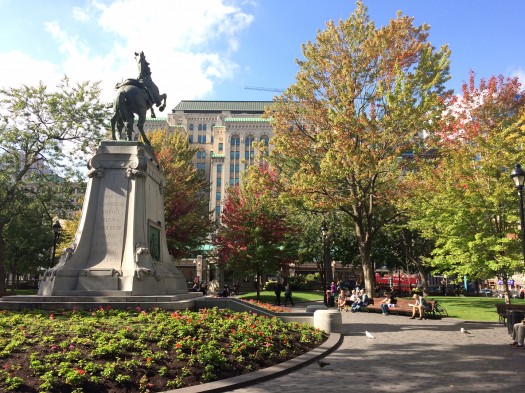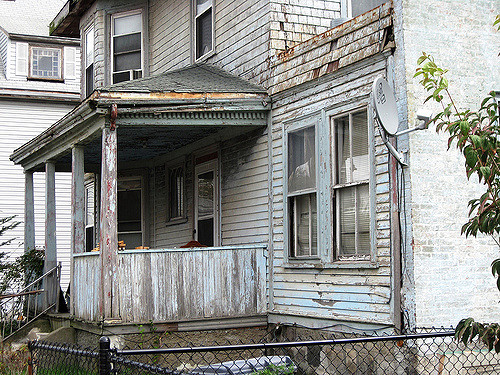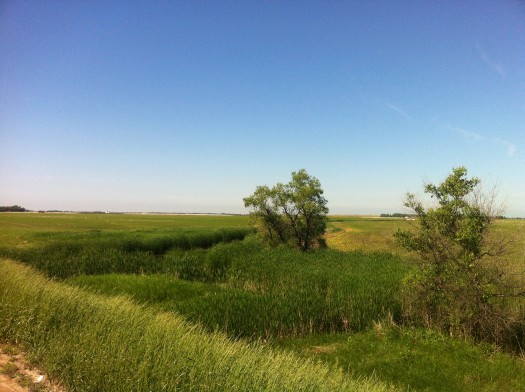Posts Tagged ‘nature’
Nature’s Healing Ways
The other day while walking my dog, I was trying to count the ways nature makes us healthier, as a means of distracting myself from the fact that the temperature was -40, with wind chill. That’s the point where Celsius and Fahrenheit converge. However, since this is my 9th winter in my beloved Winnipeg –…
Read MoreWhat Makes a Good Main Street Work?
Shortly before this essay’s original posting, I participated in a terrific conference called From Main Street to Eco-Districts: Greening Our Communities, hosted by a chapter of the American Institute for Architects in Corning, New York. Held a block off of Corning’s own, magnificent “Main Street” (actually named Market Street), and including many of the people who…
Read MoreFour Characteristics of Active, Healthy Neighborhoods
Scientists are learning more and more about how where we live affects the amount of exercise we get, and thus how fit and healthy we are likely to be. In general, city dwellers are particularly well placed to get regular exercise if they can take care of some or all of their daily errands without…
Read MoreBalancing the Scales of City Sustainability
I spend virtually all my professional time thinking about the intersection of human settlement and environmental sustainability. I am particularly interested in the built environment of American cities, towns, and suburbs – what I like to call our “people habitat” – and how it relates to the natural world. How can we make these two…
Read MoreGreen Cities: Breathe deeply and walk freely
As much as I love my winter city, when spring rolls around life brightens up. The onslaught of studies from Friday’s Earth Day imply that our feel-good response to the fresh lime green of spring does much more than pump endorphins. How we green our cities may be a life and death issue. People with…
Read MoreGreen in the City: A recipe for mental and environmental health
The National Arbor Day Foundation has a simple app on its website that allows visitors to see how a city changes as it adds tree cover and other vegetation. Using a little sliding tool, one can gradually change the illustration from one with few trees to one with abundant trees. The difference is striking: everyone I know…
Read MoreHappy New Year: Celebrating Venetian biophilia
This reflective time of year is ideal for thinking back on the people, places, and experiences that brought solace in 2014, and offering thanks. I was particularly struck by the power of community in challenging moments, and how support from friends, family, and colleagues makes a real difference. And by the power of place for…
Read MoreClimate Change: a global commons problem
The report published week before last by the Intergovernmental Panel on Climate Change (IPCC) has made it clear that climate change is a global commons problem. The solution is to decouple rising temperatures from economic and population growth. Hundreds of the most prominent scientists with divergent political views from around the world have run thousands…
Read More



